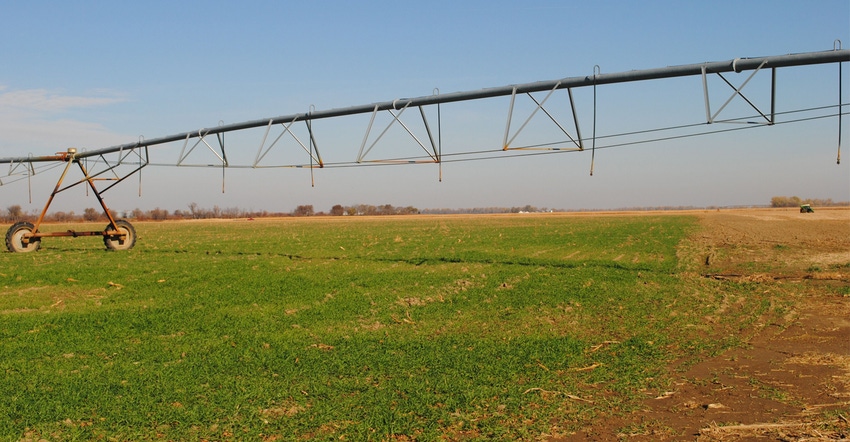
On-farm research trials have been going on in Nebraska for years. Oftentimes, farmers are trying things that do not add to their profits, so they are learning what not to do. However, there are projects every year that show promise.
Nebraska farmer caught up with Nebraska Extension educator Laura Thompson, who helps coordinate on-farm research studies across the state, and asked her about cover crop studies from 2017 that are showing promise.
Were there any cover crops studies where you felt we gained some new knowledge from on-farm research trials in 2017 that will truly contribute to our understanding? Each year we are seeing more growers conducting studies related to cover crop implementation.
Growers are interested in the yield response of corn and soybeans associated with growing cover crops. In 2017, for soybeans following cover crops, studies typically showed no yield impact for cover crop use. Some of these studies were located in areas like Madison County that have greater likelihood of showing benefits, such as on sandy soils where cover crops may help decrease nitrate leaching and increase soil organic matter. At one Madison County site, we saw a decrease in nitrate concentration at 4 to 8 inches deep when a rye cover crop was established by broadcasting preharvest into the standing corn crop. The subsequent soybean crop did have a yield decrease when cover crops were established by broadcasting into the standing corn.
What are some other important cover crop studies? In Saunders County, cover crops are also being studied on sloping fields where erosion is more of a concern. For this study, there was a significant increase in soil biological activity, identified through a Solvita CO2-Burst test, where cover crops were grown under both preharvest broadcast seeding and postharvest drilled conditions, compared to no cover crop in a check strip.
At this site, there was no difference in corn yields between the no cover crop check and the two cover crop establishment dates of preharvest and postharvest. This study and the study in Madison County will continue into this season.
Does on-farm research tell us anything about establishment windows for cover crops? As growers look to implement cover crops, one of the primary limitations to fall-planted covers in Nebraska is the limited growing window following corn.
Recent small plot research at the University of Nebraska found that shorter-season comparative relative maturity corn hybrids have similar yields to longer-season CRM hybrids. Two growers evaluated this subject using on-farm research. The growers evaluated four CRM hybrids, including a 95-day maturity, 105-day, 111-day and 115-day. Both studies found that there were no yield differences between the 105-day, 111-day and 115-day, however, the 95-day CRM resulted in reduced yields.
Learn more about cover crop studies through on-farm research by contacting Thompson at [email protected].
About the Author(s)
You May Also Like






